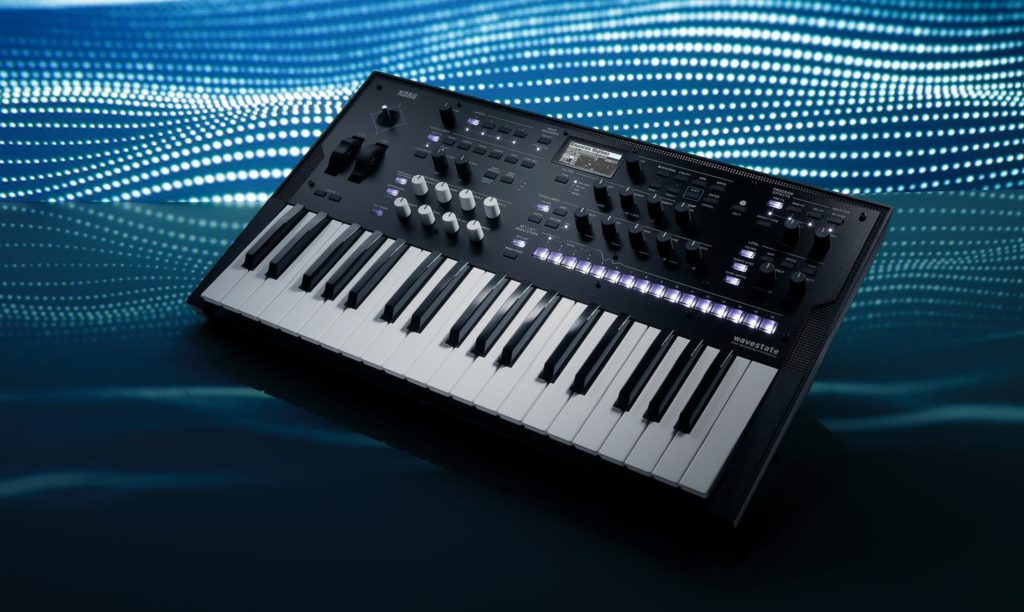

Synthesis Power With Up To 64-Voice Of Polyphony This is a very clever feature that takes people’s fear of the device away.

If you are overwhelmed by the abundance of possibilities at the beginning, no panic because it offers on the front-panel a dice icon that generates new sounds via intelligent randomization. Wavestate invites users to explore all the basics filter, envelopes, LFO s, and effects at their fingertips with dedicated front-panel controls. Even after 30 years, this remains an exciting concept. However, this new engine is much more complex and tangible than the original. With this control section, you can crossfade in four ways sounds and parameters. Same applies to the vector synthesis that is also onboard. The Wave Sequencing 2.0 Engine also follows the familiar concept: transforming raw samples into patterns and sounds that no one had ever heard before. The new interface now also includes numerous knobs (black/white) and buttons that make programming more intuitive than on the predecessor.

The new design is immediately noticeable, from the giant workstation to a compact digital wave sequencing with 37 full-size keys but without aftertouch (why Korg!). However, it has a lot that could be found in the first WS. The software emulation is completely based on the old Wavestation, this is a new instrument based on the Wave Sequencing 2.0 engine.Īccording to Korg, the Wavestate is far from a nostalgic reissue but a completely new development from the ground up. Readers who think they get the same thing in the Wavestation plugin (PC/Mac) or iWavestation iOS app, but only for a fraction are wrong. The Wavestate Synthesizer is Korg’s first new product for NAMM 2020. It is a modern successor to the legendary Wavestation from 1990 and thus an interesting further development. The leak that haunted the network yesterday evening was true.

Korg introduced the Wavestate Synthesizer this morning, a modern successor to the legendary Wavestation Synthesizer with a new hands-on design and major new features.


 0 kommentar(er)
0 kommentar(er)
